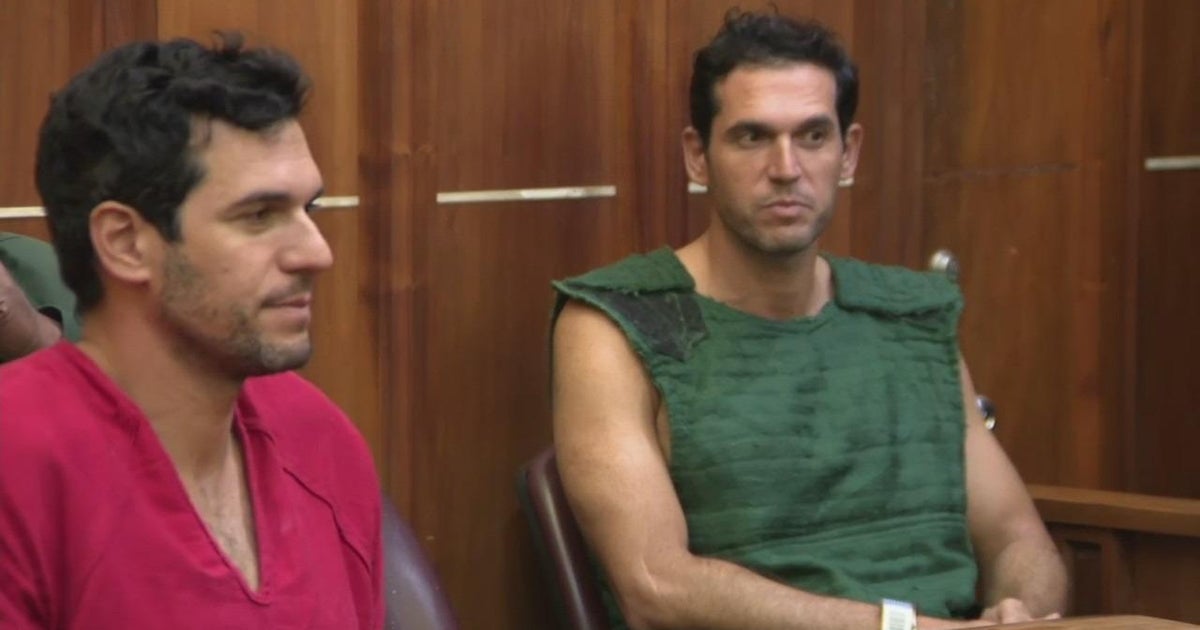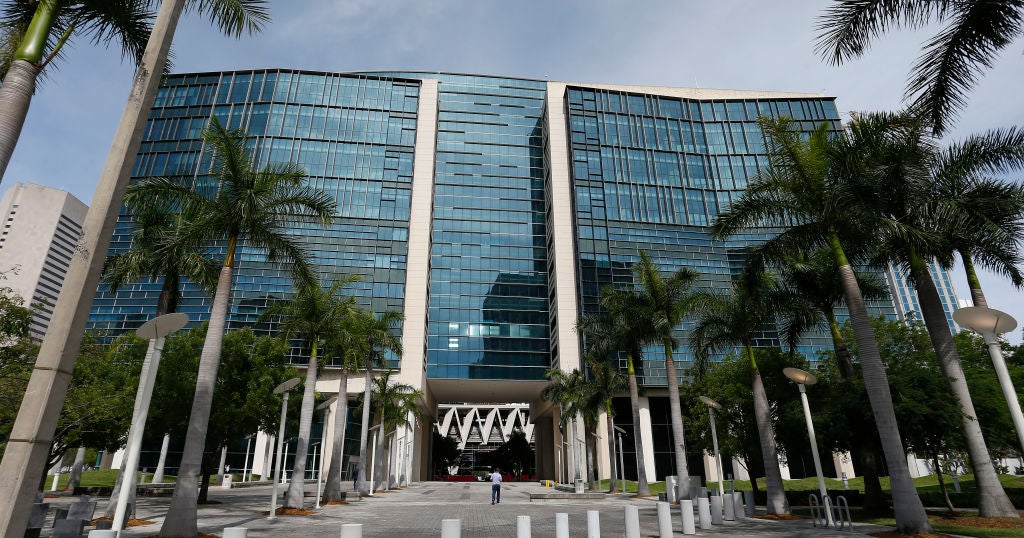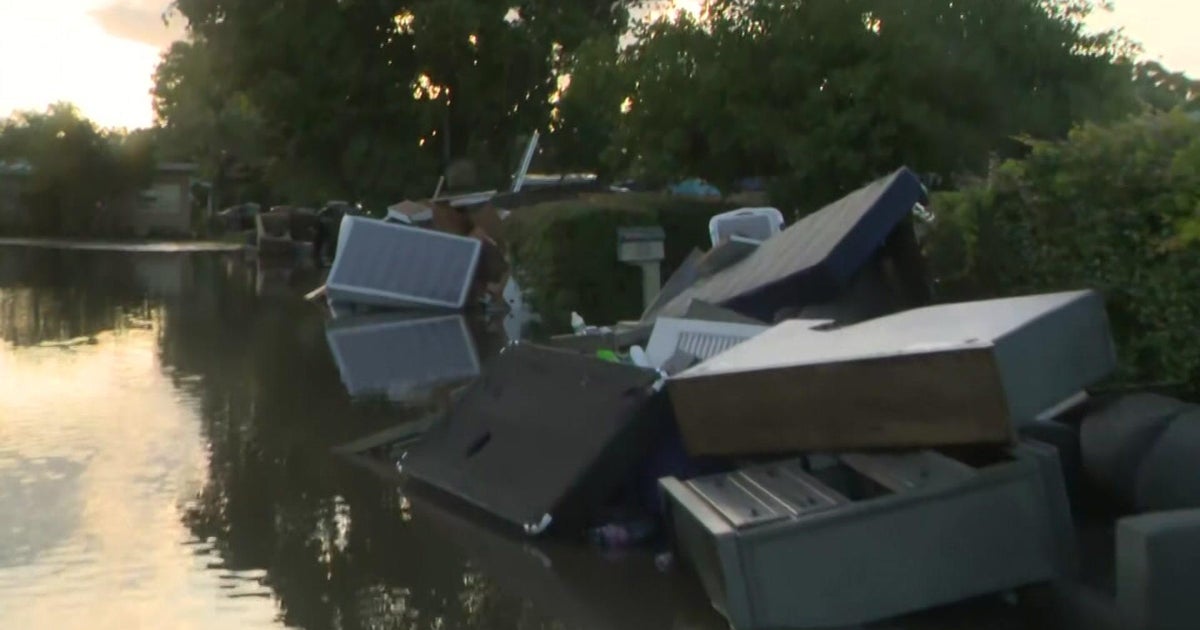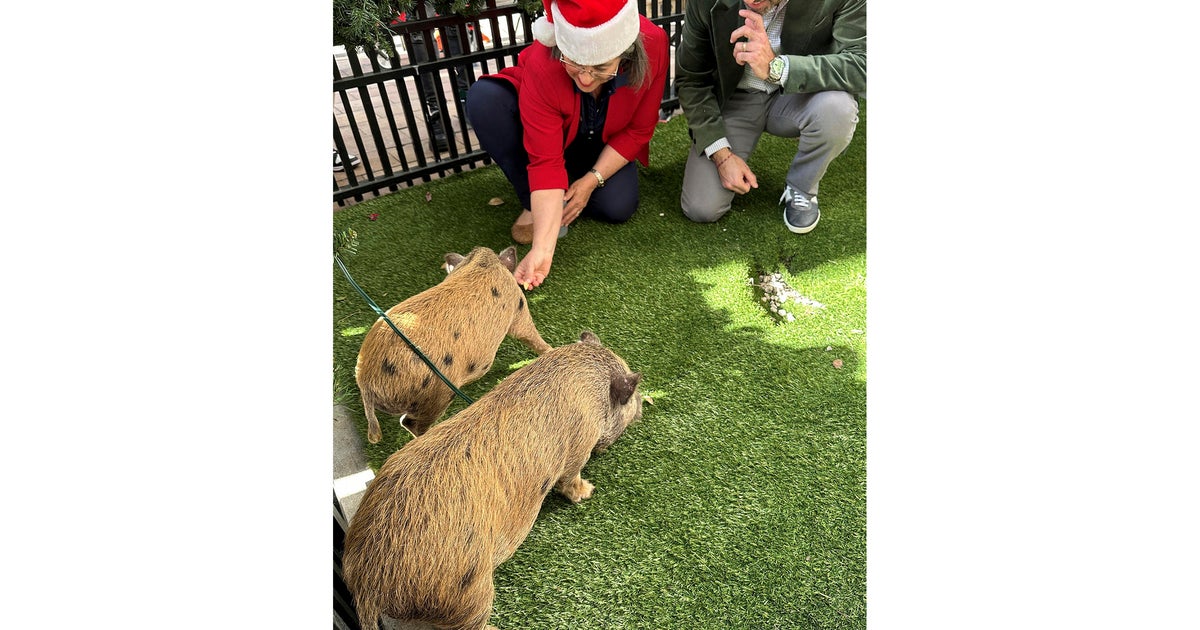Raúl Castro: Out Of the Shadow Of His Big Brother
Follow CBSMIAMI.COM: Facebook | Twitter
MIAMI (CBSMiami) -- For decades Raúl Castro worked in the shadows, eclipsed by his charismatic and ruthless older brother, Fidel. But in those shadows Raúl helped shape and run the Cuba that Fidel built.
Raúl Castro was born in 1931 in eastern Cuba, five years after Fidel.
Gallery: The Death Of Fidel Castro
A socialist from his student days, Raúl joined his older brother in violent opposition to the Batista regime and the world first noticed with their unsuccessful attack on the Moncada army barracks in 1953.
GALLERY: Cuban Americans Take To The Streets After Fidel Castro's Death
The brothers went to prison for that attack, then they went into exile in Mexico where they joined forces with another young radical, Che Guevara.
In Mexico, Raúl met his future wife, a Cuban medical engineer and dedicated Marxist, Vilma Espil.
By 1956 they were all back in Cuba, waging a guerilla war against Batista from the mountains of Oriente province, finally topping Batista on New Year's Day 1959.
Fidel Castro rode triumphantly into Havana with Raúl at his side, and as he consolidated power he appointed his brother, Minister of Defense which gave Raúl power over the armed forces.
COMPLETE COVERAGE: THE DEATH OF FIDEL CASTRO
When Fidel Castro declared he was a communist, the maximum leader was for once following the footsteps of his younger brother. Fidel Castro may have been the towering figure of the revolution but Raúl Castro and Vilma Espin were its power couple.
Raúl Castro commanded a growing military machine and that soon came to dominant the island's economy. Vilma Espin became head of the federation of Cuban women, and a power in her own right in the Communist party.
Over decades the Castro brothers dragged Cuba center stage in the cold war, went to the brink of nuclear war with the United States during the missile crisis in 1962 and proceeded over a deteriorating Cuban economy while crushing any would be opposition to their revolution.
But even the most defiant revolutionaries are no match for old age.
When Fidel Castro became sick in the summer of 2006 with an intestinal disorder, he handed power provisionally to Raúl . The transfer became definitive in February 2008. But at 75 and rumored to be in poor health himself, Raúl Castro shunned the elaborate public demonstrations that his brother had loved.
Raúl proved himself more steady, organized and businesslike than the mercurial Fidel.
In June of 2007, Vilma Espin died leaving Raúl as the last major figure of Cuba's revolutionary generation.
His most dramatic change came on Dec. 17, 2014 when Raúl and President Barack Obama announced that Cuba and the United States would be resuming diplomatic ties after more than five decades of confrontational relations. The surprise announcement capped 18 months of highly secret talks facilitated by Canada, the Vatican and others that also resulted in a prisoner exchange, a Castro pledge to release 53 political prisoners and a U.S. commitment to liberalizing trade and travel to the island.



